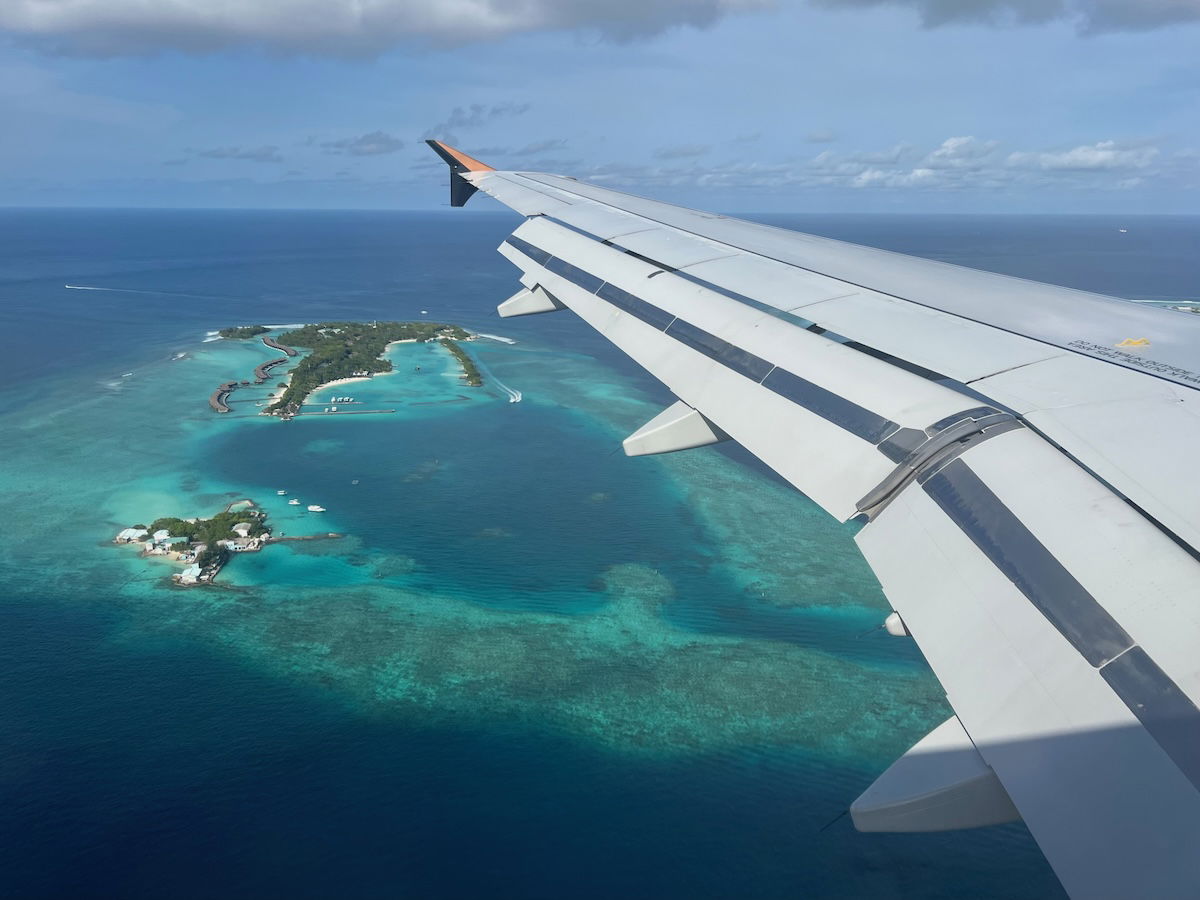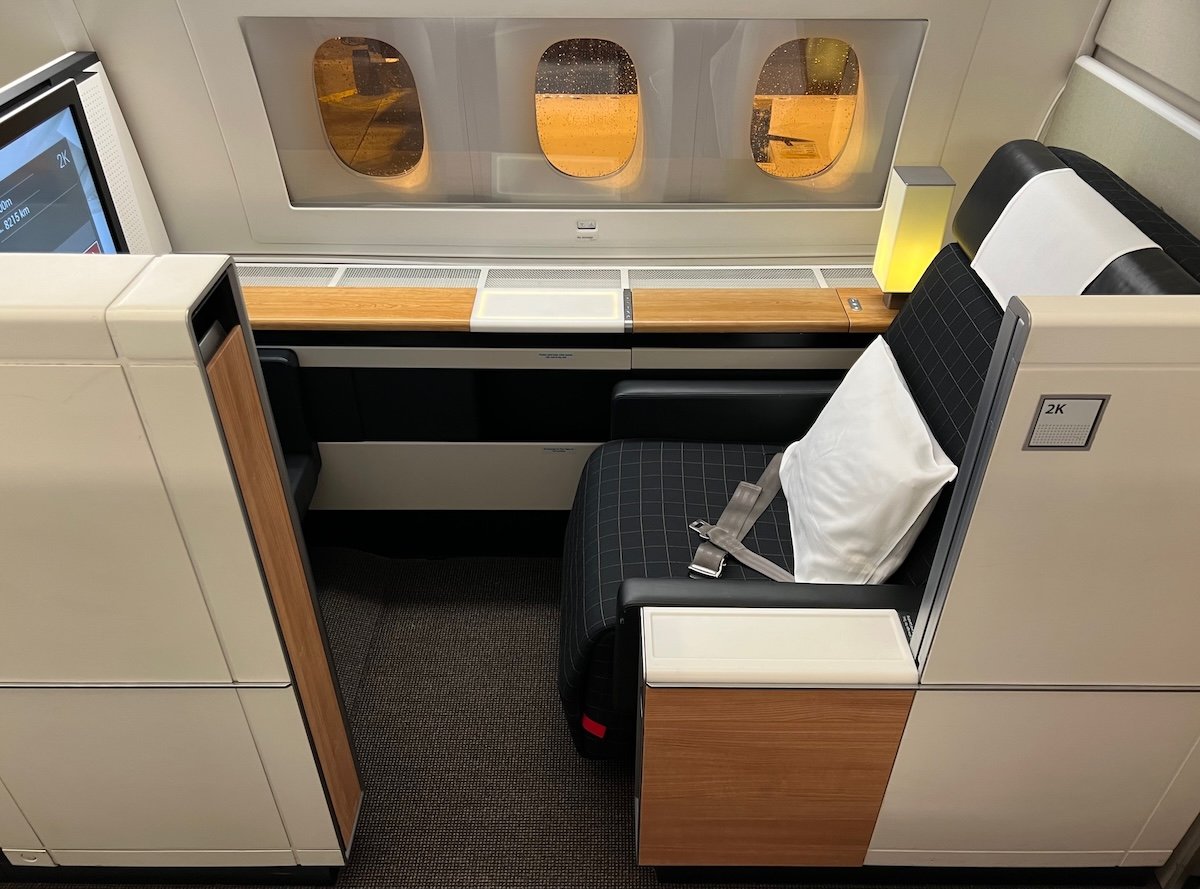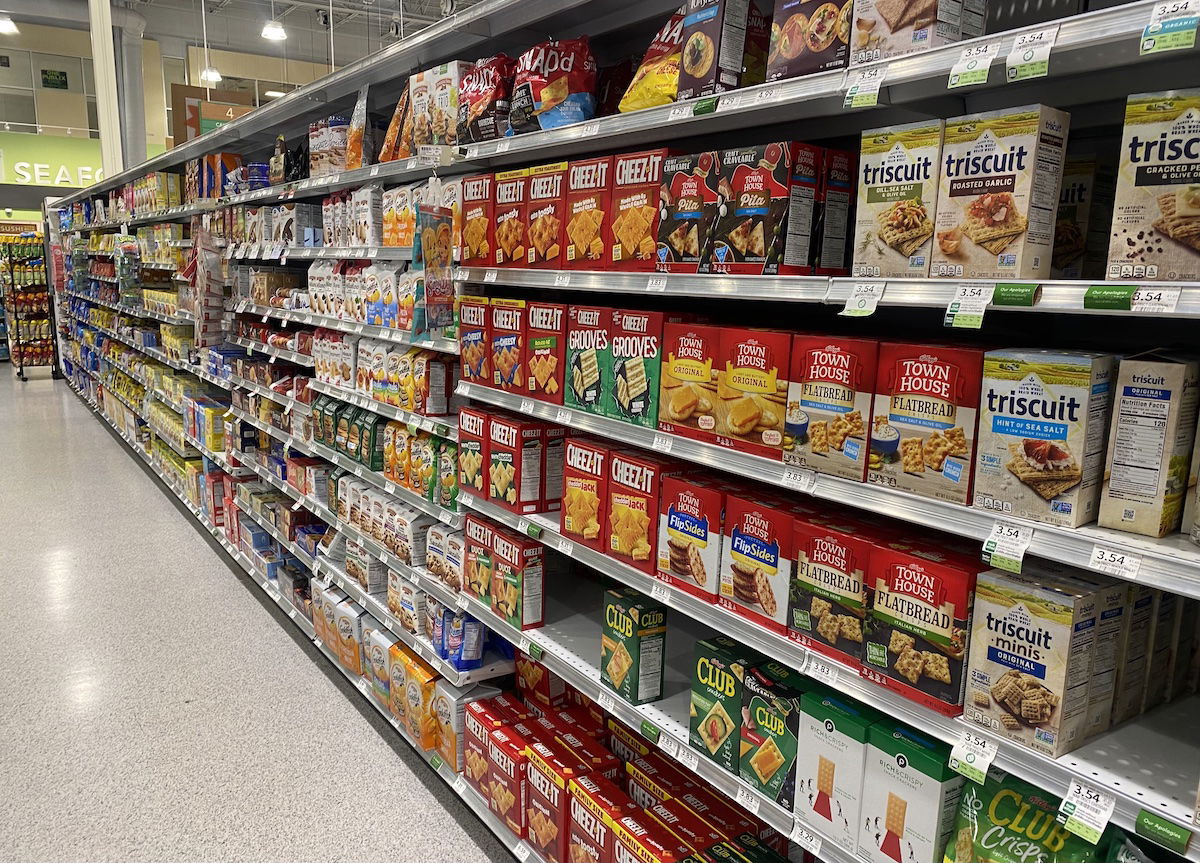Link: Learn more about the Chase Sapphire Preferred® Card, Chase Sapphire Reserve® Card, and Sapphire Reserve for BusinessSM
Chase is known for its popular cards earning Ultimate Rewards points, including the Chase Sapphire Preferred® Card (review), Chase Sapphire Reserve® Card (review), and Sapphire Reserve for BusinessSM (review).
One of the things that makes these cards so awesome is the bonus categories that they offer for spending. There’s sometimes confusion about what’s included with these bonus categories, so in this post, I want to break that down. Which bonus categories do these cards offer, and how is each of those categories defined?
In this post:
Chase Sapphire card bonus category basics
To start, let me cover the basics of the bonus categories offered by each of the three Chase Sapphire cards, before defining what’s included in each category. Before sharing these categories, let me note the following:
- Unlike with some other card issuers, the bonus categories on these cards generally apply globally; these cards are great for purchases abroad, given that they don’t have foreign transaction fees
- There are no limits to how many bonus points you can earn with the Chase Sapphire bonus categories, unlike on some other cards
- It’s up to individual merchants to categorize themselves correctly, and in some cases, businesses may not have the categories you’d expect
With that out of the way, let’s cover the basics…
Chase Sapphire Preferred bonus categories
The Chase Sapphire Preferred has a $95 annual fee, and offers:
- 5x points on all Chase Travel℠ bookings
- 5x points on Lyft rides, through September 30, 2027
- 3x points on restaurants and dining
- 3x points on online grocery spending
- 3x points on select streaming services
- 2x points on travel
- 1x points on all other purchases
- 10% anniversary bonus points

Chase Sapphire Reserve bonus categories
The Chase Sapphire Reserve has a $795 annual fee, and offers:
- 8x points on all Chase Travel bookings
- 5x points on Lyft rides, through September 30, 2027
- 4x points on direct airfare and hotel spending
- 3x points on restaurants and dining
- 1x points on all other purchases

Sapphire Reserve Business bonus categories
The Sapphire Reserve Business has a $795 annual fee, and offers:
- 8x points on all Chase Travel bookings
- 5x points on Lyft rides, through September 30, 2027
- 4x points on direct airfare and hotel spending
- 3x points on select advertising
- 1x points on all other purchases

Chase Sapphire card bonus category definitions
With the above out of the way, let’s talk a bit more about how each of the above bonus categories is defined. It can be tough to make sense of exactly what’s included with these categories, so let’s dig into the details, listed in the order of the number of bonus points offered. These bonus categories are just one of the many reasons to consider picking up these cards.
Bonus points on Chase Travel purchases
The Chase Sapphire Reserve and Sapphire Reserve Business offer 8x points on Chase Travel bookings, while the Chase Sapphire Preferred offers 5x points on Chase Travel bookings. This is Chase’s travel portal, and this allows you to book flights, hotels, rental cars, vacation rentals, cruises, and more.
You can make bookings either via the Chase Travel website, or via the Chase Travel call center, and all prepaid travel purchases will qualify for bonus points. If you redeem Ultimate Rewards points for any portion of your travel purchase, that portion won’t accrue points. While there’s often an opportunity cost to redeeming this way, there’s also a lot of upside.

Bonus points on Lyft purchases
Through September 30, 2027, the Chase Sapphire Preferred, Chase Sapphire Reserve, and Sapphire Reserve Business, offer 5x points on Lyft spending. Qualifying Lyft products and services include rideshares, bike and scooter rides, and subscription and membership products. Purchases of gift cards, rental cars, vehicle service centers, miscellaneous fees, and other Lyft products and services, are excluded from this promotion.
Bonus points on dining & restaurants
Both the Chase Sapphire Preferred and Chase Sapphire Reserve offer 3x points on dining & restaurants, making them among the best cards for dining spending.
This includes merchants with sit-down or eat-in dining, including fast food restaurants and fine dining establishments. Merchants that sell food and drinks located within facilities such as sports stadiums, hotels and casinos, theme parks, grocery and department stores, will not be included in this category unless the merchant has set up such purchases to be classified in a restaurant category. Purchases made at bakeries, caterers, or gift card merchants, are not included in the category, and delivery service merchants will be included if they classify as a restaurant merchant.

Bonus points on airfare and hotel bookings
The Chase Sapphire Reserve and Sapphire Reserve Business offer 4x points on direct airfare and hotel purchases. In other words, this only applies when booking airline tickets or hotel stays directly with the provider, rather than using an online travel agency.
In some situations, you may find that online travel agencies will still code to earn 4x points, but that’s the exception, rather than norm, and that’s not how it’s supposed to be.
Bonus points on social media & search engine advertising
The Sapphire Reserve Business offers 4x points on social media and search engine advertising. This category includes social media websites (such as Facebook and Twitter) and online search engines (such as Google AdWords and Microsoft Bing Ads) that advertise a business, brand, products, or services.
Advertising purchases that are not made directly from a social media website or online search engine merchant may not qualify, like advertising purchases made through a third party, such as an ad agency or web designer offering related services. Also, purchases from social media websites or online search engines that are not for advertising will not qualify, like for subscription or app purchases.
Bonus points on select streaming services
The Chase Sapphire Preferred offers 3x points on select streaming services, which is a bonus category unique to this card. Merchants in the select streaming services category specialize in delivering music and video content over the internet.
Only subscriptions paid for or purchases made with select merchants will qualify for this category. These include Disney+, Hulu, ESPN+, Netflix, Sling, Vudu, Fubo TV, Apple Music, SiriusXM, Pandora, Spotify, and YouTube TV.
Bonus points on online grocery stores
The Chase Sapphire Preferred offers 3x points on online grocery stores, which is another unique feature of this card. The online grocery (excluding Target, Walmart, and wholesale clubs) category includes purchases for grocery pickup and delivery that are placed online with grocery stores, specialty food stores or delivery service merchants that classify as grocery store merchants (excluding membership and subscription fees). Meal kit delivery services are included.
Some merchants that sell grocery items are not included in this category. For example, larger stores that sell a wide variety of goods and groceries, like Walmart and Target, wholesale clubs such as Costco and BJs, liquor stores, and merchants that specialize in only a few grocery items, are not included. Pharmacies contained within supermarkets will not earn bonus points, even if items are delivered.

Bonus points on travel purchases
The Chase Sapphire Preferred offers 2x points on travel, which is a much broader category than just offering bonus points on airfare and hotels. Merchants in the travel category include airlines, hotels, motels, timeshares, rental car agencies, cruise lines, travel agencies, discount travel sites, campgrounds and operators of passenger trains, buses, taxis, limousines, ferries, toll bridges and highways, and parking lots and garages.
Some merchants that provide transportation and travel related services are not included in this category. For example, real estate agents, educational merchants arranging travel, in-flight goods and services, on-board cruise line goods and services, sightseeing activities, excursions, tourist attractions, RV and boat rentals, merchants within hotels and airports, public campgrounds, and merchants that rent vehicles for the purpose of hauling, may not be included.

10% anniversary bonus points
The Chase Sapphire Preferred offers 10% anniversary bonus points. Each account anniversary year, cardmembers will receive bonus points equal to 10% of the total spending in points from purchases made with the card during the previous account anniversary year.
The 10% bonus doesn’t apply to the sign-up bonus or any bonus categories, but rather just to base spending. In other words, if you made $50,000 worth of eligible purchase in an anniversary year, you’d receive 5,000 bonus points
This is an awesome perk, and it’s not something offered by the Chase Sapphire Reserve. This means that in some categories, the Sapphire Preferred is more lucrative than the Sapphire Reserve.
Bottom line
Chase Sapphire cards — the Chase Sapphire Preferred, Chase Sapphire Reserve, and Sapphire Reserve Business — are known for their excellent bonus categories, making them lucrative cards for spending. The exact bonus categories between the cards differ. Hopefully the above is a useful summary of what is and isn’t included with these categories.
What has your experience been with Chase Sapphire bonus categories?





If you compare the CSR with the CSP points earning actually the CSR is quite limited and CSP in many ways is better.
"all prepaid travel purchases will qualify for bonus points"
Prepaid only?